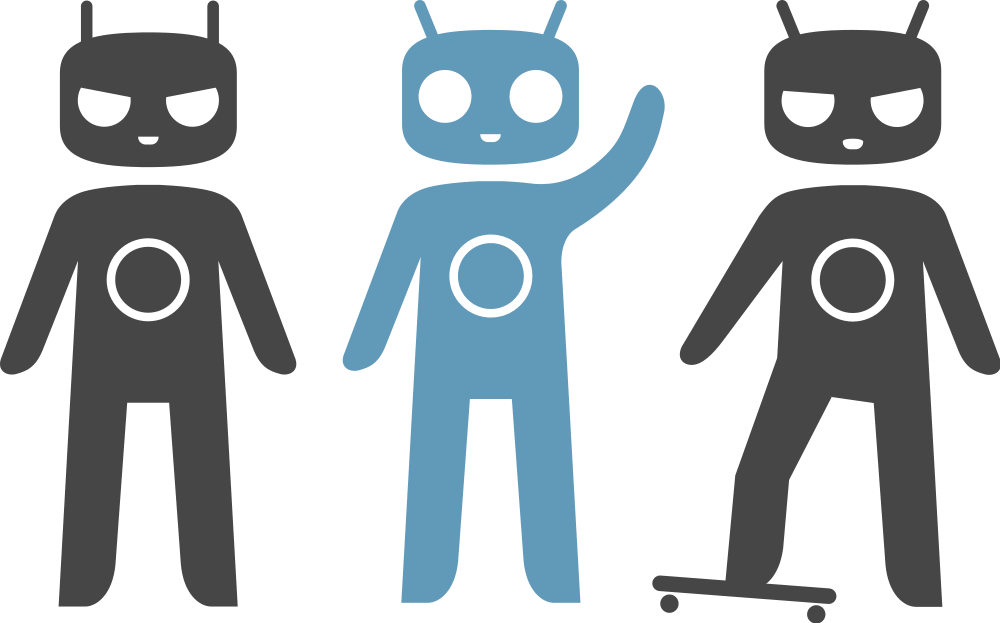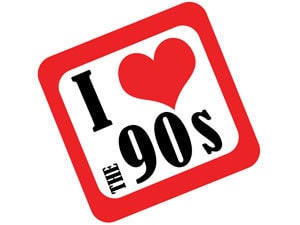
Commits are one of the key parts of a Git repository, and more so, the commit message is a life log for the repository. As the project/repository evolves over time (new features getting added, bugs being fixed, architecture being refactored), commit messages are the place where one can see what was changed and how. So it’s important that these messages reflect the underlying change in a short, precise manner.

Back in the year 2003 when Android, Inc. was co-founded by Andy Rubin (with Rich Miner, Nick Sears and Chris White), which was later acquired by Google in 2005, Google formed the Open Handset Alliance together with device manufacturers like Samsung, HTC and Sony and carriers & chipset makers like Sprint, T-Mobile, Qualcomm and Taxes Instruments. The goal was simple, to create an open set of standards for mobile that any device manufacturer can adopt. Android was the first product that OHA announced; a mobile operating system based on Linux.

Last week was Apple’s week as it unveiled series of surprises for users and developers alike, in its annual developer conference WWDC. While most of us had our “oh-aah” moments seeing the grand unveil of macOS Yosemite, the 10th update to the OS X, and iOS 8, a more or less an incremental update to iOS 7, if we ignore the number for a moment. Some of us saw the event as a platform to brag about how innovative Apple is (or was ?) and very next moment showing off features stolen from competitors. Though the biggest surprise that came with this year’s WWDC is that it finally became a Developer Conference in its true sense.

When it comes to Humans, interacting with computing devices, the friendship is slightly more than two decades old. From the flow of endless text in black and green colored hypothetical screens to amazing designs of today spread across any screen size you can think of, Graphical User Interfaces have come a long way on the only available canvas; Screens.

Its been a year since I’m using GitHub and all I have to say is, how the hell I was able to code earlier! Too loud? You may reconsider after reading the entire article. Unlike my earlier posts, this post is for programmers ( and also my first brief tutorial).

Let’s set up some grounds before I proceed, and shift ourselves back in early, early Nineties of Technology. WWW was the-next-big-thing, getting “online” was cool. More than 50% of the first-world nations (as they like to call themselves) had internet access. People started spending more time in chat rooms within their own rooms, thanks to AIM and ICQ. IRC (Internet Relay Chat) was every nerd’s underground of dark discussions. Computers left laboratories and entered living rooms.

Press has put mixed responses over Facebook Home, some say its an incredible leap of Facebook in mobile space while some say it is a disaster. Some users complained Facebook to stabilize existing facebook apps for Android and iOS first, rather than working on newer products. But Facebook Home is indeed more than just an App, a launcher or Facebook Phone as some name it.

Just before two days Google announced that it is forking WebKit for using in its Chromium open source web browser (thus, everything that follows it, Chrome, Chrome OS, Android Browser and others ), naming it Blink. This initiated a great round of talks all over the web on how it’s going to change Chrome, and other browsers in general. So I decided to write a blog post (and probably the first ever blog post of mine) on this.